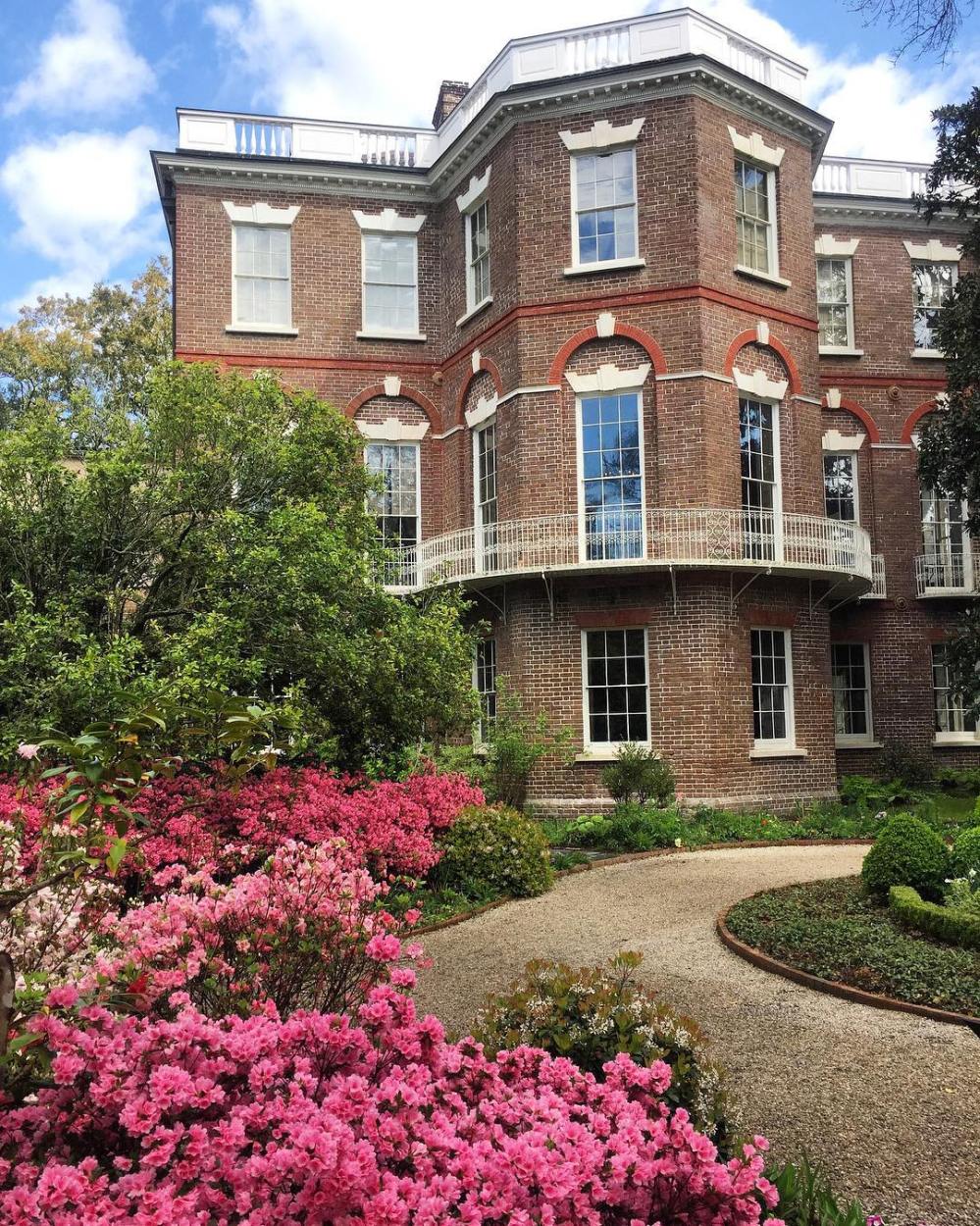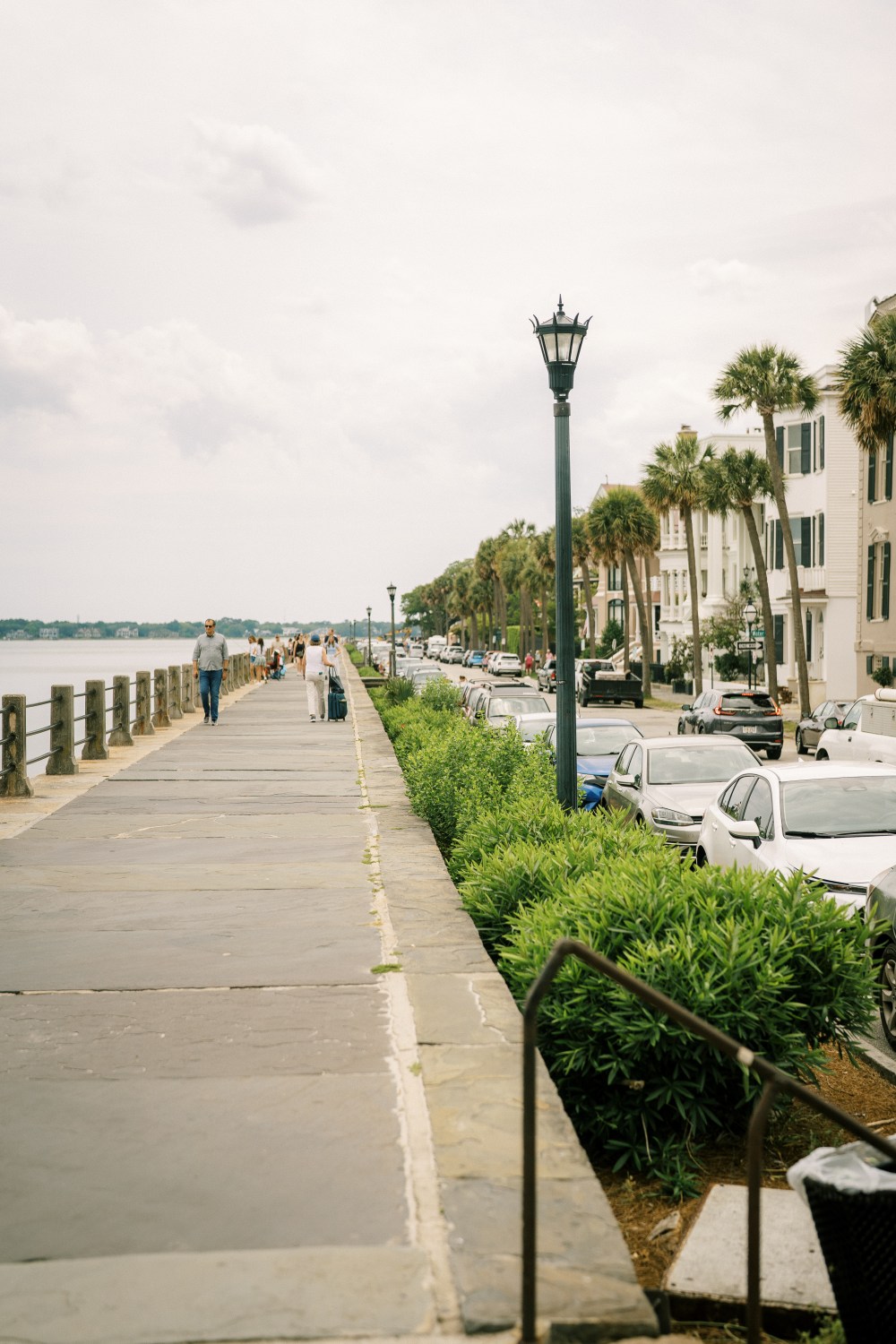Charleston’s Historic District

Inhabited by Native Americans for thousands of years and established as a city in 1670, Charleston is steeped in history.
Every neighborhood in the Holy City is historic, yet if you want to learn about the city itself, you should head to the Charleston Historic District.
Discover all the sites you should visit here, how to get around, and some of the other historic neighborhoods in Charleston.
What is Charleston’s Historic District?
The Charleston Historic District is located in Downtown Charleston. It’s bordered by Fishburne Street on the north and runs south, down to the tip of the peninsula.
This is one of the oldest areas of the city and where many of Charleston’s most famous landmarks can be found.
How to Get Around the Charleston Historic District
One of the best ways to see the Historic District is by walking. You could conceivably walk the entire perimeter of this district in about an hour.
If your feet are tired, you could always take a horse and carriage ride, a taxi, or drive — though we don’t always recommend driving in Downtown Charleston, as the area can get quite congested and you might miss some of the hidden sites.
What to See In Charleston’s Historic District
Within Charleston’s Historic District lies some of our most famous landmarks, including neighborhoods, such as South of Broad, King Street, and the French Quarter.
Since this is a relatively small area, many of these sub-neighborhoods overlap each other. You may find that one site straddles two separate areas.
If you want to get an overview of Charleston’s historic district, please join us on a guided walking tour.
We offer two tours that cover this district, including our classic Charleston history tour and our hidden alleys and passages tour.
But if you’d rather go it alone, check out all of our favorite sub-neighborhoods and sites in the Charleston Historic District.
South of Broad Street
South of Broad is the neighborhood that, not shockingly, is located south of Broad Street in Charleston.
This neighborhood is quite small, compared to Charleston’s entire Historic District; however, it’s full of historic sites and activities, including Rainbow Row, White Point Gardens, Waterfront Park, and the Nathaniel Russell House.
You can read our full breakdown on what to do South of Broad Street for more details.

Nathaniel Russel House
King Street
Technically partially located in the French Quarter, King Street is a destination for shopping, history, and architecture.
Named after King Charles II of England, King Street was a major area for shopping by the mid-1800s.
It’s home to several historic structures, including the Riviera Theatre, which was built in the 1930s.
Some of King Street’s most iconic sites and attractions include:
- White Point Gardens (The Battery)
- Patrick O’Donnell House
- King Street Shopping

The Battery
The French Quarter
Thanks to its stunning architecture and charm, one of Charleston’s most visited neighborhoods is the French Quarter.
This small, historic neighborhood dates back to the 17th century and the inception of Charles Towne, which was the original name of the city.
Just some of the attractions in the French Quarter include:
- French Huguenot Church
- Dock Street Theatre
- The Pink House
- Waterfront Park

The Pink House
You’ll notice that many attractions and sites in the French Quarter can also be found in other neighborhoods on this list, including South of Broad and King Street.
Again, this is because many of the historic districts in Charleston overlap.
Rainbow Row
One of the most iconic sites in the Charleston Historic District, Rainbow Row features brightly colored homes that are examples of some of the most cheerful architecture in the city.
These homes line East Bay Street and are conveniently located near Waterfront Park.
Renovated in the 1930s, the homes were painted pastel colors to brighten up the neighborhood. These homes cannot be toured by the public, but that shouldn’t matter — their beauty and historic significance are best enjoyed from the street, anyway.
Historic City Market
The Historic Charleston City Market is another one of the most visited sites in the city.
This market dates back to the late 18th century and features some of Charleston’s most skilled artisans, makers, and food producers.
Not only can you learn about the city’s rich history here, but the market is also an ideal spot for coffee or lunch or to purchase souvenirs.
This market is a stop on our public historic tour of Charleston and can be incorporated into any private tour.
Other Historic Areas In Charleston
Charleston’s Historic District is where you want to visit if you’re as obsessed with Holy City history as we are — but this neighborhood is far from the only historic one here.
Other historic-rich areas include the following.
Patriots Point & Fort Sumter: These two areas of Charleston are operated by the National Parks Service. Fort Sumter was where the first shots of the Civil War were fired and Patriots Point (which is across the harbor from Fort Sumter) is home to a naval museum.
You can visit both by booking tickets on the Fort Sumter Ferry or driving to Patriots Point.
Mount Pleasant/Sullivan’s Island: Mount Pleasant, which is just across the Ravenel Bridge from Downtown Historic Charleston, has a history steeped in Native American heritage, the Colonia Period, the Revolutionary War, and the Civil War.
Sullivan’s Island, which is located in Mount Pleasant, is home to Fort Moultrie, a retired military post, and was once where the largest slave port in the U.S. was located.
Morris Island: This island is where the first Charleston settlement called home in the late 17th century. Today, it is home to the Morris Island Lighthouse, built in 1876 and protected ships in the Charleston Harbor until the 1960s.
James Island: Named after King James II, James Island is steeped in Revolutionary history — the first shots of the war were fired here. Before the colonists arrived in America, it was used as a fishing ground by Native Americans.
Today, you can visit McLeod Plantation, a former cotton plantation.
